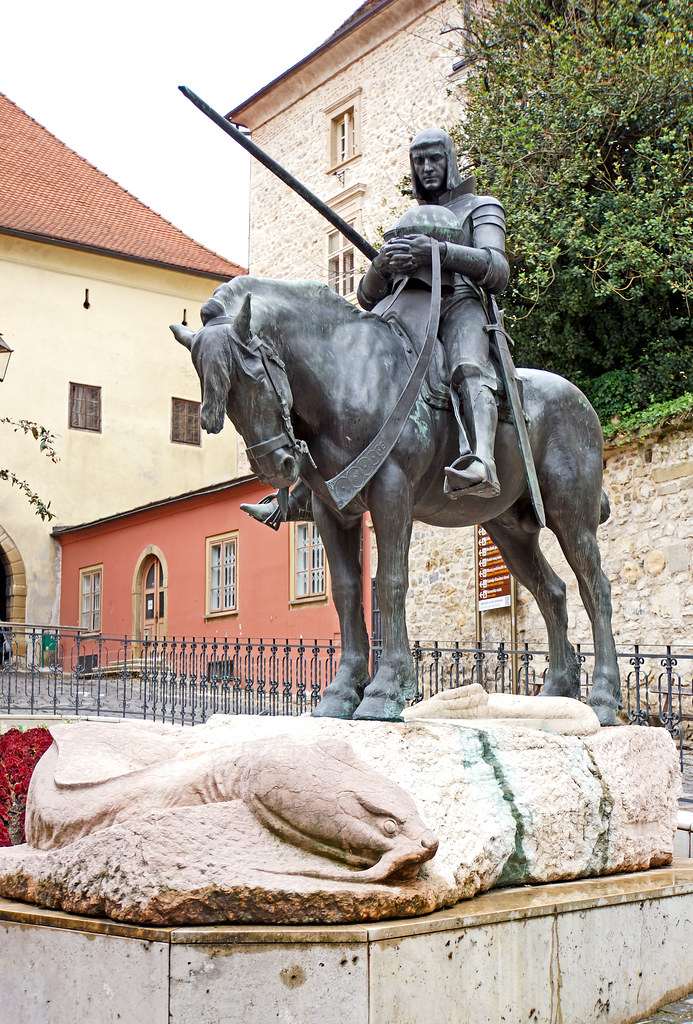
St. George’s Day, celebrated on April 23rd, has undergone remarkable transformations since its inception in the 13th century. What began as a major feast day rivaling Christmas in medieval England gradually diminished in prominence after the Protestant Reformation, when many saints’ days were removed from the religious calendar.
By the 18th century, celebrations had become more secular and localized, with towns developing their own unique traditions. The Victorian era saw renewed interest in St. George as a symbol of English identity and imperial might, with celebrations becoming more patriotic in nature.
The 20th century brought further changes, with two World Wars dampening enthusiasm for nationalist celebrations. However, recent decades have witnessed a revival of interest in St. George’s Day, though with a more inclusive, multicultural approach. Today’s celebrations often blend traditional elements with modern festivities that reflect England’s diverse population, focusing less on religious aspects and more on shared cultural heritage.
Contemporary St. George’s Day events range from street parties and community festivals to food fairs highlighting English cuisine. Many schools use the day as an opportunity to teach children about English history and folklore, while pubs and restaurants offer special menus featuring traditional English fare.
This evolution reflects broader changes in English society, demonstrating how traditional celebrations adapt to shifting cultural landscapes while maintaining connections to their historical roots.
Discover more from Anglotees
Subscribe to get the latest posts sent to your email.
